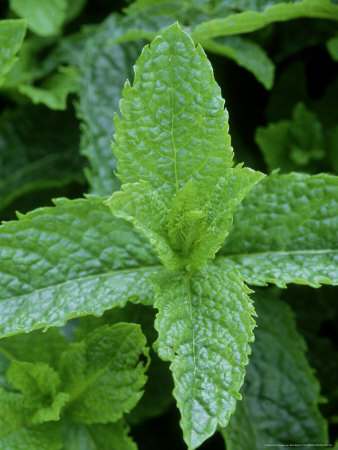I was never much into smoothies, but I had a friend who was recovering from an accident stay with me, and she requested smoothies, so I started making them. That's when I discovered that I had the perfect solution to all those leftover bits of stuff from other recipes, and now smoothies are part of my regular routine. In addition to being filling, these breakfast shakes are perfect for cleaning out your pantry or refrigerator in a hurry! Those leftovers that are too small to do anything with make the greatest ingredients for smoothies.
What Can Go Into a Smoothie?
You'd be amazed!
At first, I started with the usual suspects: frozen fruit, yoghurt, a little milk, and maybe some sweetener if necessary. But then Thanksgiving came around, and I had leftover cranberry sauce, and voilà, my journey had begun. I dumped the cranberry sauce into the blender, along with my other smoothie ingredients, and it tasted great. So then I began experimenting with everything else in the fridge and the pantry.
That jar of wheat germ I had sitting around since 2005? Put some in a jar, pour in a little leftover coffee, and left it to soak overnight to soften the wheat germ. Great! A couple of spoons of leftover cottage cheese? Mix it with some peaches and cinnamon, and it was astonishingly good. Tofu? Into the blender with some leftover pumpkin puree and spices, a little yogurt, and a spoonful of agave syrup. Fantastic!
The Next Step
Savory Smoothies!
So now that I had my pantry starting to clear, I took a look at what was left, and thought hard about all the ingredients I had. I had already made the transition from sweet French toast to savory French toast, and from sweet cheesecake to savory cheesecake, and from sweet ice cream to savory ice cream, so clearly the next step was to take on savory smoothies.
Into my blender went leftover lasagna, a single bite of bacon, and a few spoons full of vegetables, along with some milk and yogurt to thin it out. I added a few fresh herbs from the garden, and the result was genius. Since then, my smoothies have become a part of my everyday routine, and it's easy to change them up, simply depending on whatever I have left over in the fridge or the pantry.
What?
Yes, savory smoothies. It's really not that weird of an idea. If you need help wrapping your head around it, think of it as soup. Now think of it as cold soup. There, isn't that better? If not, well, you can always heat it up and serve it!

